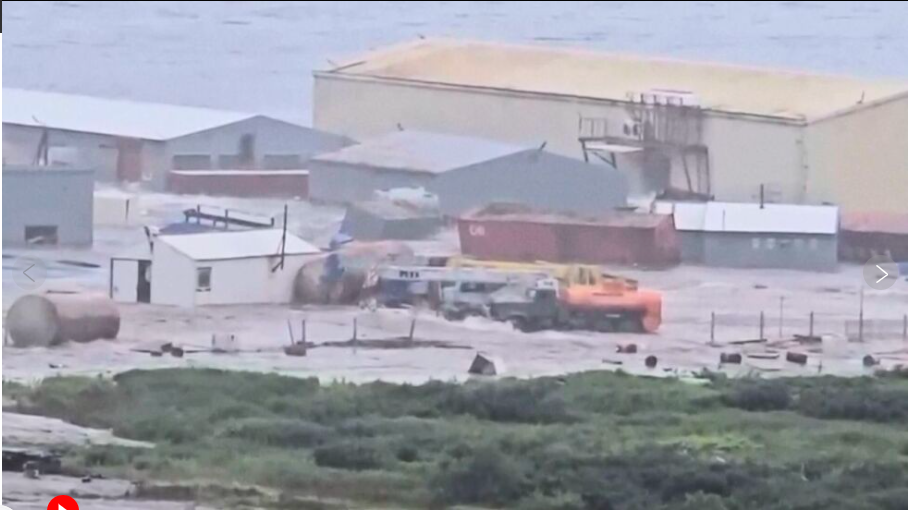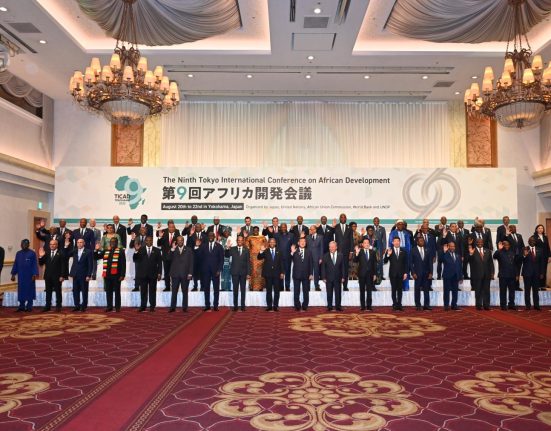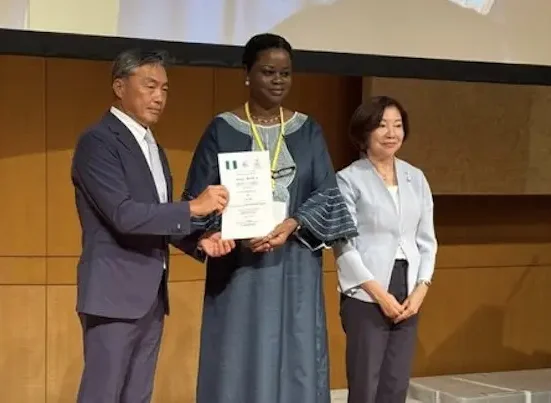Japan has confirmed the arrival of its first tsunami wave measuring approximately 30 centimetres, which struck the northern island of Hokkaido shortly after a powerful undersea earthquake occurred off the eastern coast of Russia. Authorities reported the seismic event late Tuesday night, prompting immediate tsunami alerts across coastal regions of northern Japan.
The wave, although relatively small in scale, marks the first visible impact of the earthquake, which was strong enough to trigger regional concern and rapid response from Japan’s Meteorological Agency. The tremor’s epicentre was located near the Kuril Islands, an area known for its tectonic activity and proximity to both Russian and Japanese territories.
Emergency agencies in Hokkaido were placed on high alert following the tremor, with local officials urging residents in low-lying coastal areas to remain vigilant. Though no immediate damage or casualties have been reported, meteorologists and disaster response teams continue to monitor the situation closely, as further seismic activity or additional tsunami surges have not been ruled out.
Japan, which lies on the seismically active Pacific “Ring of Fire,” has a long history of dealing with earthquakes and tsunamis. As a result, its early warning systems and emergency protocols remain among the most advanced in the world. The latest event once again tested those systems, which swiftly alerted coastal populations and initiated safety checks on infrastructure.
Authorities have assured the public that while the 30cm wave does not currently pose a serious threat, precautionary measures will remain in place until the risk of further aftershocks or secondary waves is fully cleared. Meanwhile, geologists and disaster analysts are continuing to study the quake’s intensity and depth to assess its full implications on the region.





